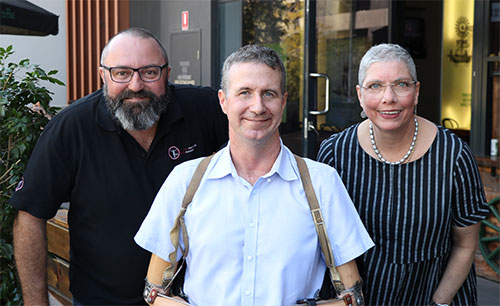The saying goes that a parent knows best. When it comes to detecting deterioration in their child—and triggering the question ‘Could this be sepsis?’ in a clinician—that instinct can prove lifesaving.
To honour World Sepsis Day, the team behind the Could this be sepsis? program hosted an education session focussing on the power of the consumer voice in raising awareness about sepsis.
The highlight of the session was a consumer panel featuring three people that are using their experiences with the illness to influence action.
Mary Steele is one of the important consumer voices, sharing the heartbreaking story that lead to her role as a consumer representative on the Statewide Sepsis Steering Committee.
In 2003, her 2 ½ year-old son, Preston, was diagnosed with pneumonia, which caused an acute lung injury. This injury allowed a secondary bacterium to take hold which lead to sepsis. Within hours, her brave little boy passed away.
'You know your child better than anyone. It is critical that you share with health professionals what you believe and know about your child,' she said.
'Don’t be afraid to ask the doctor or nurse to look deeper.'
Ms Steele was joined by Matthew Ames and Damian Jones at the education session where they shared their experiences to keep sepsis in the front of mind among clinicians.

At least 18,000 Australians are diagnosed with sepsis every year, with around 5,000 losing their lives. For those that survive, half are left with a disability or impaired function that also impacts their family and friends, and the community.
To improve outcomes, community awareness of the signs and symptoms of sepsis—together with time-critical recognition and appropriate management by health care providers—is essential.
For more information and resources, visit the Could this be sepsis? program page.